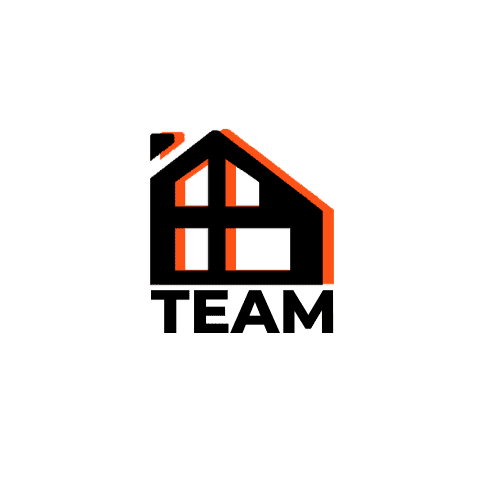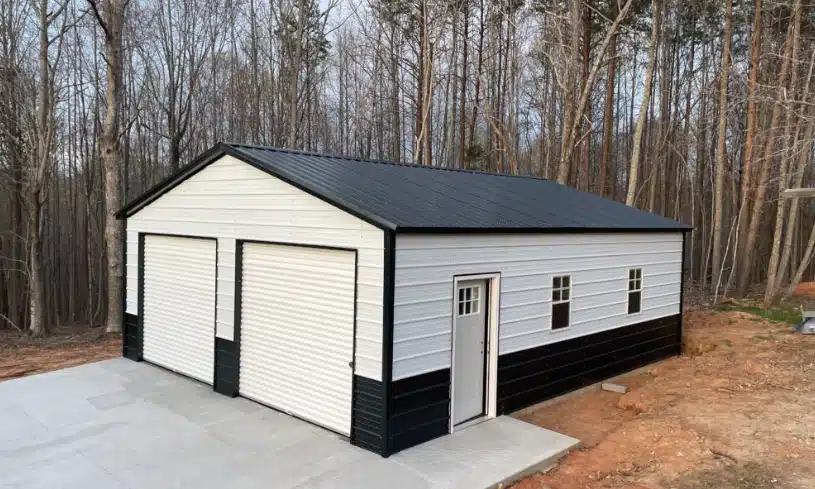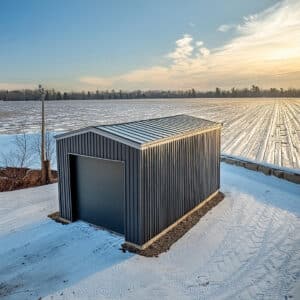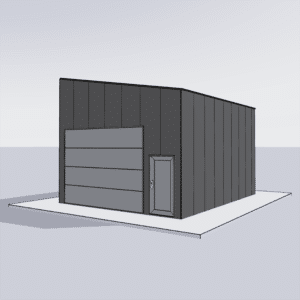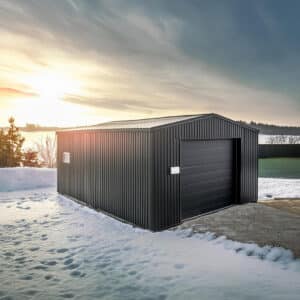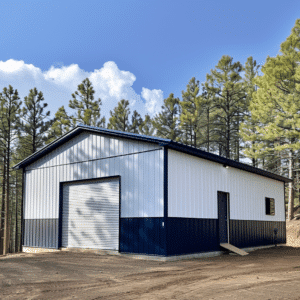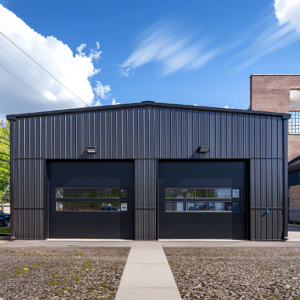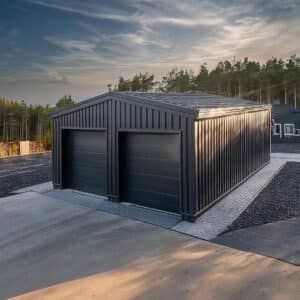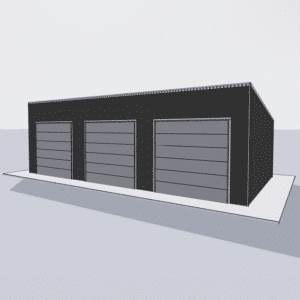As any seasoned builder or property owner knows, the longevity and safety of steel buildings depend heavily on regular inspections and maintenance. Steel buildings boast durability and adaptability, but even the mightiest structures require thorough assessments to ensure safety and compliance. This deep dive into the *Inspection Essentials: Key Areas to Review for Steel Building Compliance* will serve as your guide for ensuring that your steel structure remains safe, compliant, and in prime condition.
Understanding the Basics of Steel Building Compliance
Every steel building must adhere to a comprehensive range of standards and regulations to ensure its safety and structural integrity. But what exactly does compliance entail, and why is it crucial? Compliance not only ensures that buildings meet legal requirements but also guarantees occupant safety and minimizes potential hazards. Think of compliance as the backbone of Ensuring safety in steel construction. It’s more than a legal obligation; it’s a commitment to excellence and safety.
Structural Integrity: The Cornerstone of Safety
When it comes to inspecting steel buildings, structural integrity is at the top of the checklist. The structure must be able to withstand various stresses, including wind, snow, and seismic activities. Regular inspections should focus on detecting any signs of deformation, such as bends or cracks in the steel, which can compromise the building’s safety. Ensuring safety in steel construction is non-negotiable, and it starts with these critical inspections.
### Joinery and Welds
The points where steel members join are often weak links in the structural chain. Inspectors should pay keen attention to welding quality and bolt tightness. Improperly welded sections can lead to structural failures. Thus, verifying that all welds comply with the Code of Standard Practice for Steel Buildings and Bridges is essential for safety.
Examining Roof and Wall Panels: More Than Just a Cosmetic Check
Roof and wall panels aren’t just there for aesthetic appeal—they are critical to the building’s strength and insulation efficacy.
Corrosion: Nature’s Sneaky Assassin
Corrosion is one of the biggest threats to steel structures. It can weaken foundational elements, leading to potentially catastrophic failures. Routine inspections should include a hunt for any signs of rust or corrosion, especially after extreme weather conditions. Minor signs shouldn’t be overlooked because they can quickly escalate if not treated promptly.
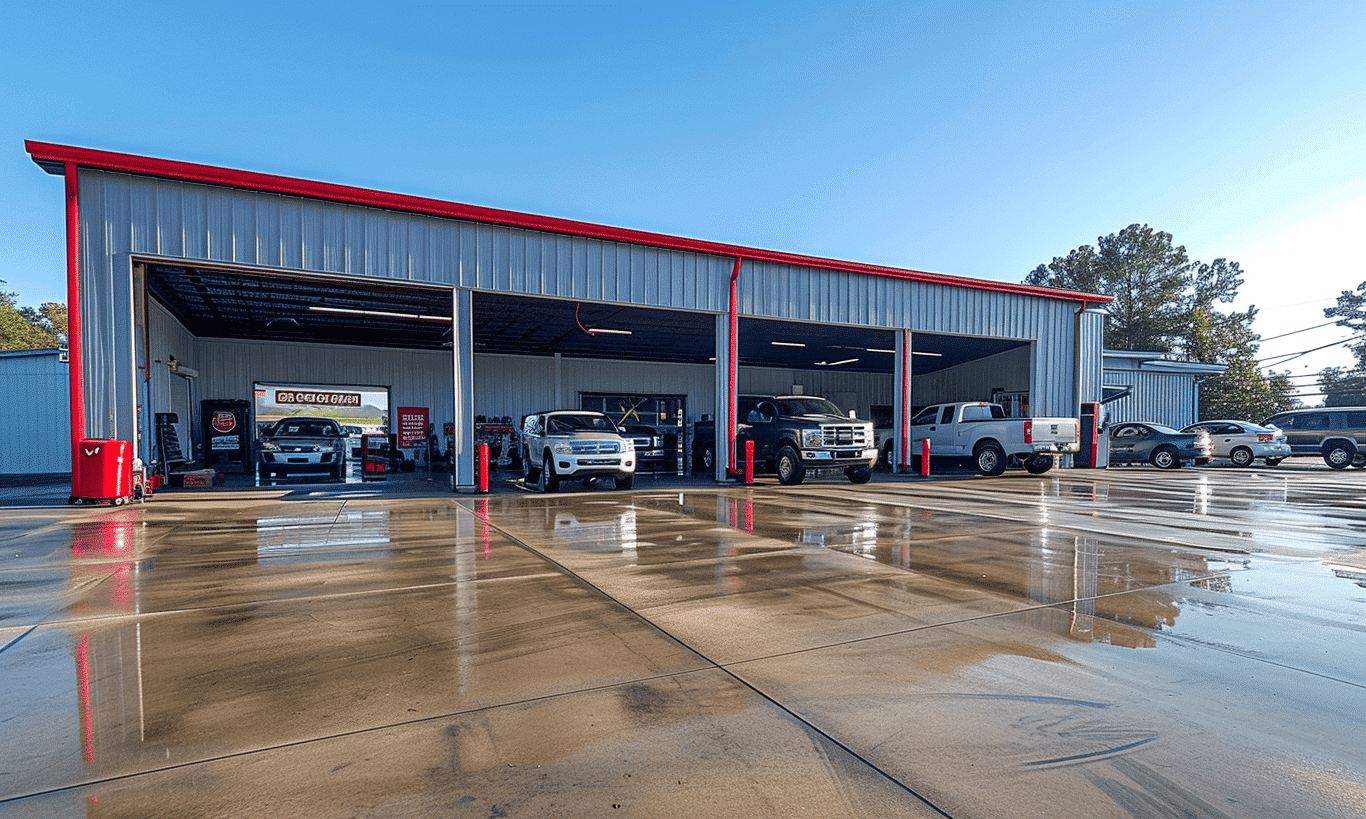
### Insulation Efficiency
Not only do wall and roof panels provide structural support, but they also contribute significantly to insulation. Without proper insulation, energy costs can skyrocket. Inspections should involve checking for gaps and ensuring that the pad remains intact. To learn more about maintaining these elements, visit the Steel Building Maintenance Guide.
Foundation and Anchoring: The Unsung Heroes
Foundations and anchoring systems hold the weight and stabilize the structure against external forces. However, over time, shifting soils and other factors can compromise their effectiveness.
Cracks and Displacement
Cracks in the foundation can be warning signs of more significant problems. Inspections should include checks for any cracks or distortion in the concrete. Even the slightest shift in foundation can cascade into severe structural issues. Routine examination and correction of these aspects ensure that the building remains stable over time.
### Anchor Bolts and Fasteners
These components are integral as they connect the building to the foundation. Inspections should verify that all bolts and fasteners remain tight and corrosion-free. The importance of choosing the right safety equipment gear for steel construction teams cannot be overstated when conducting these evaluations.
Fire and Safety Compliance: Guarding Against the Unearned Threats
Fire risks in steel buildings, while not immediately apparent, can pose significant threats if safety systems are not properly inspected and maintained.
Sprinklers and Alarms
Fire safety systems, including sprinklers and alarms, must be in perfect working order. This involves regular testing and ensuring that all systems meet current safety standards. A malfunctioning system can spell disaster in an emergency, making these checks imperative.
### Emergency Exits and Signage
Emergency routes and signage should be visible, accessible, and well-lit. Ensure signage complies with local regulations, providing clear, intuitive pathways in emergencies. For any queries related to inspections, visit the Steel Building Inspection FAQs.
Conclusion: Reinforcing Compliance for a Robust Future
Understanding and implementing *Inspection Essentials: Key Areas to Review for Steel Building Compliance* is crucial to maintaining safe, efficient, and compliant steel buildings. Inspections should be regular, comprehensive, and detailed, addressing every aspect from structural elements to fire safety systems. Whether you’re a property owner or a maintenance professional, always remember to prioritize inspection and compliance to safeguard the future of your steel structures.
